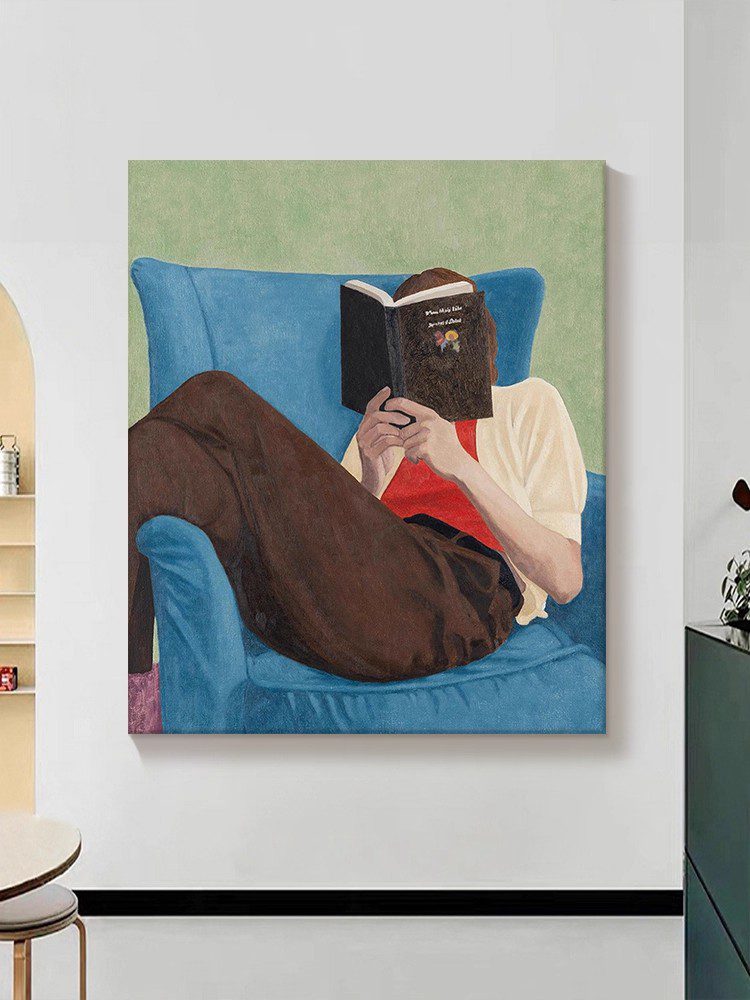How to Improve a Dull or “Muddy” Appearance in Hand-Painted Oil Paintings
A common challenge artists face is achieving vibrancy in oil paintings, as layers of paint can sometimes create a flat, muted, or “闷” (dull) effect. Below are actionable techniques to restore clarity and depth to your artwork without relying on external products or tools.
Enhancing Color Purity Through Layer Management
One primary cause of dullness is overmixing or layering incompatible pigments. When opaque and transparent colors are blended excessively, they lose their individual intensity. To address this:
- Use thin, transparent glazes to build depth gradually. Apply diluted paint with a soft brush, allowing each layer to dry before adding the next. This technique preserves the luminosity of underlying colors while adding richness.
- Limit impasto techniques in early stages. Thick paint applications can trap light, reducing reflection and creating a heavy appearance. Reserve heavy textures for final details or highlights.
- Separate warm and cool tones in adjacent areas. Mixing complementary hues directly on the canvas can neutralize vibrancy. Instead, place them side by side for optical blending.
Adjusting Light and Shadow Contrast
Dullness often stems from insufficient contrast between highlights and shadows. Even subtle shifts in tonal range can transform a flat composition:
- Identify the light source and exaggerate its direction. Strengthen highlights on raised surfaces and deepen shadows in recessed areas to create dimensionality.
- Avoid “floating” mid-tones by ensuring every section of the painting has a clear relationship to the light source. Use a value scale to check for balanced transitions between dark and light areas.
- Introduce reflective surfaces strategically. For example, adding a glint of light on metallic objects or wet textures can break up monotony and draw the viewer’s eye.
Refining Brushwork and Texture
The way paint is applied impacts its perceived freshness. Uniform strokes or excessive blending can erase the energy of a piece:
- Vary brush sizes and directions to mimic natural textures. For instance, use dry-brush techniques for rough surfaces or stippling for foliage. This adds visual interest without relying on color alone.
- Scrape or lift paint in selected areas to reveal underlying layers. This creates a sense of history and complexity, especially in abstract or expressive works.
- Rotate the canvas frequently during painting to avoid repetitive stroke patterns. This helps maintain objectivity and prevents unintentional flattening of forms.
Final Considerations for Vibrancy
- Step back regularly to assess the painting from a distance. Colors often appear more vivid when viewed as a whole rather than up close.
- Experiment with underpainting in complementary hues. A red-toned ground, for example, can make green foliage seem more saturated when painted over it.
- Allow ample drying time between layers. Wet-on-wet blending can muddy colors, while dry layers maintain their integrity.
By focusing on layering, contrast, and texture, artists can overcome dullness and achieve a dynamic, lively finish in their oil paintings.
